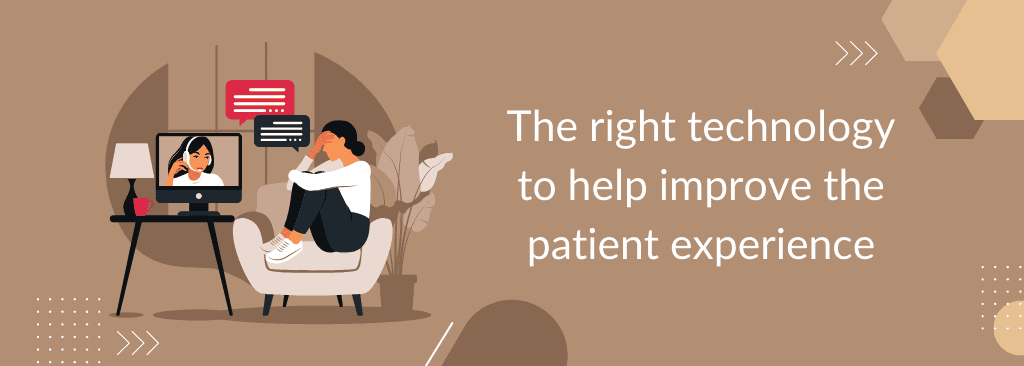How to Improve the Patient Experience in Healthcare?
Healthcare is a competitive market, and service matters more than ever now. And what person likes waiting on perpetual hold to make a doctor’s appointment or impatiently waiting in the lobby to be directed to the doctor?
Diminished patient experience is not the fault of people who showed up for work – it’s often about how well the leaders set them up for success.
At the end of the day, hospitals will have to maintain the right patient experience when qualified labor is in short supply.
The best way to do this is to technologically arm the resources with the tools necessary to succeed and provide the best possible patient experience. This way, it is easier to enhance employee productivity and have happier patients as well.
Discover our platform features tailored specifically for the healthcare industry.
How ClearTouch Helps in Improving Patient Experience in Healthcare?
I will give two examples of how we have helped some of our customers offer great patient experiences.
1. A Leading Multinational Hospital Chain
They had two main challenges – on the one hand, their patients weren’t getting appointments, and on the other hand, they had the issue of patient no-shows from those who have taken up the appointment. They had thousands of pre-booked walk-ins every day, and they were leaving a lot of money on the table.
They understood that going the traditional route of having agents call up the patients and reconfirming their appointments wasn’t going to help.
They turned to technology for help.
We helped them instantaneously broadcast appointment reminders to all their pre-booked patients using our Automated Voice Messaging System. Patients were given key press options to reconfirm, reschedule, or cancel an appointment. This automatically allowed the hospital to slot patients in queue against canceled appointments.
Then we extended this to understand the voice of the customer as well. We also ran specific campaigns to their patients around themes like ‘outsmart cancer’ and ‘healthy heart’, using our system.
Initially, the hospital collated and provided us with the data to send out the broadcast, but they became cumbersome as they had multiple appointment booking applications and sources.
So, we integrated our messaging system with their appointment booking apps and CRM, allowing us to access data directly from there to broadcast.
2. A Diabetes Specialities Chain
They had hundreds of inquiries daily, but they were missing out on most of them as they did not have the necessary system to handle the volumes. About 60% of the inquiries resulted in patient leakage.
They looked at technology to help improve the patient interaction volume and the patient experience.
We deployed our cloud contact center solution, where the calls automatically get routed to the call center if the front office agents are busy. It provides complete visibility of the patient call history and compliance with standards and regulations.
In three months, we increased the patient call volume by 400%, while there hasn’t been any increase in the call handling time. This means that there is a substantial cost saving in communication. At the same time, there is a massive increase in revenue as more patients are handled simultaneously by the front office and the call center agents.
Using our automated voice messaging system, we have also included appointment reminders, post-treatment follow-ups, and patient surveys.
You can download our: Diabetes Specialities Center Case Study.
What Should You Be Aware of While Choosing the Technology?
- Is it intuitive and easy to use? Do I have to spend a lot of time configuring the system? Do I get implementation and training support from the vendor?
- Does it support integrations with my internal systems?
- Does it comply with standards and regulations like HIPAA, HL7, and PCI-DSS?
- What is the reliability of the platform that you sign up for? Do they provide any guarantee on the performance?
- How well is their support? What are their SLAs?
- Is it on the cloud? Do they have the capability to scale up the system based on my needs?
- I am sure that I would need customizations on the platform. How equipped is the vendor to build customizations as a part of the implementation?
The answer to these questions would allow you to choose the right technology partner to improve your patient engagement and experience.
